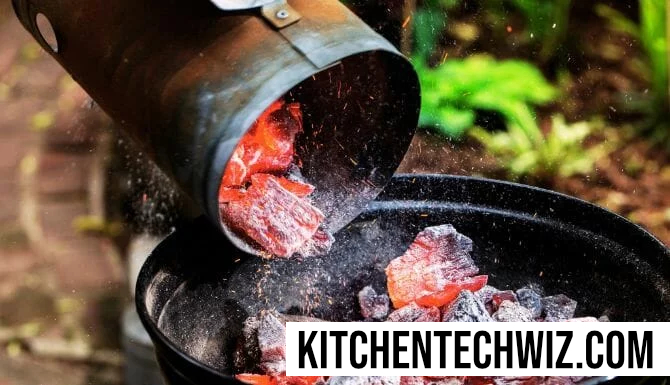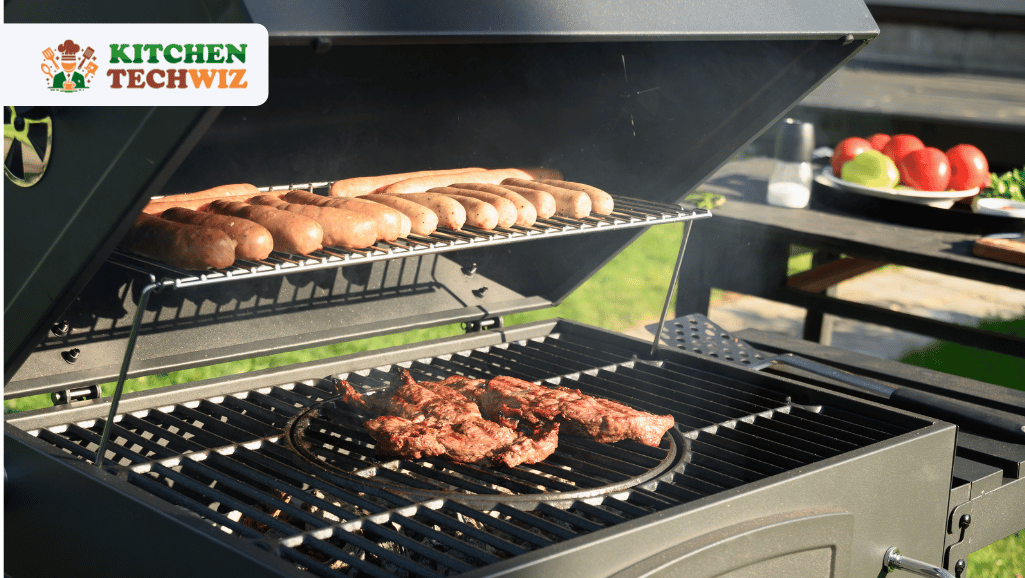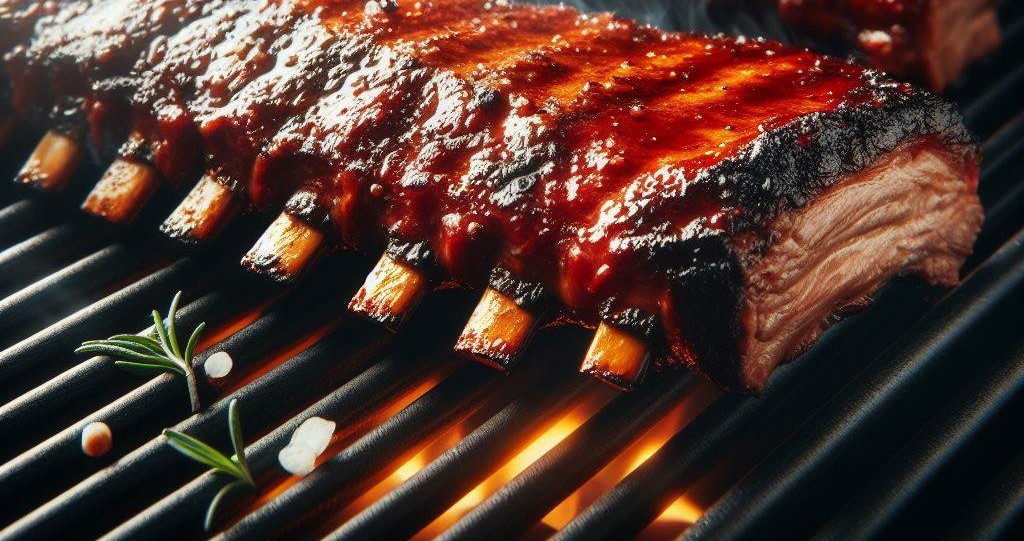Maintaining consistent heat on a charcoal grill is essential for achieving perfectly grilled food every time. I have always been a big fan of grilling, but until recently, I had never tried my hand at charcoal grilling. I was intimidated by the thought of controlling the temperature and maintaining a consistent heat source, but I decided to give it a try anyway.
After several attempts, I learned that with a little patience, practice, and some helpful techniques, controlling the temperature of a charcoal grill is not as difficult as it seems. In this article, I will share my tips and techniques for how to control charcoal grill temperature.
Understanding the Basics of Charcoal Grill Temperature Control
Before we dive into the techniques, it’s important to understand the basics of charcoal grill temperature control. Unlike gas grills, which have a temperature control knob, charcoal grills require manual adjustments to control the temperature. The temperature is controlled by adjusting the amount of oxygen that reaches the charcoal. The more oxygen, the hotter the fire will burn.
Maintaining Consistent Heat
Maintaining a consistent temperature is very important for achieving perfect results when grilling. The key to maintaining a consistent temperature is to start with the right amount of charcoal and to arrange the charcoal in a way that promotes even heating. To achieve this, follow these steps:
- Right amount of charcoal: Charcoal you use will depend on the size of your grill and the amount of food you’re cooking. As a general rule of thumb, use one chimney starter full of charcoal for a small grill and two for a larger grill.
- Arrange the charcoal correctly: Arrange the charcoal in a two-zone fire, with all the charcoal on one side of the grill and a space on the other. This will create a hot zone for searing and a cooler zone for cooking.
- Adjust air vents: You should open the air vents on the bottom of the grill to allow oxygen to flow to the charcoal. Adjust the vents as needed to maintain the desired temperature.
Controlling Temperature for Different Foods
Different foods require different temperatures for optimal results. For example, steak requires a high temperature for searing, while chicken should be cooked at a lower temperature to ensure that it cooks through without burning. To control the temperature of different foods, follow these tips:
- Use a thermometer: Use a meat thermometer to monitor the internal temperature of the food. This will help you determine when the food is served and prevent overcooking.
- Adjust charcoal: For high-temperature cooking, add more charcoal and then open the air vents to increase the airflow. For low-temperature cooking, use less charcoal and close the air vents partially to decrease the airflow.
- Use a water pan: Place a water pan in the cooler zone of the grill to help regulate the temperature and prevent the food from drying out.
Techniques for Maintaining Consistent Heat
One technique to achieve this is by using the two-zone grilling method, which involves arranging the charcoal on one side of the grill to create a direct heat zone and leaving the other side empty for an indirect heat zone. This allows you to move your food between the two zones as needed, preventing flare-ups and overcooking.
Another effective technique is to invest in a quality charcoal chimney starter, which helps ensure that your coals ignite evenly and reach the desired temperature before being spread out in the grill.
Tips and Tricks for Charcoal Grill Temperature Control
- Use high-quality charcoal: High-quality charcoal will burn hotter and longer, which will make it easier to control the temperature. Look for charcoal made from hardwood, such as oak or hickory.
- Preheat the grill: Preheat the grill for at least 15 minutes before adding the food. This will ensure that the grill is hot enough to sear the food and will help maintain a consistent temperature.
- Keep the lid closed: Keep the lid closed as much as possible to prevent heat from escaping. Only open the lid when necessary to check the food or add more charcoal.
- Adjust the air vents gradually: When adjusting the air vents, do so gradually to prevent sudden temperature changes. Make small adjustments. And wait a few minutes to see how they affect the temperature.
- Use the snake method: The snake method is a technique for arranging the charcoal in a circular pattern around the edge of the grill. This creates a slow-burning fire that maintains a consistent temperature for several hours.
Frequently Asked Questions
How do you know when the charcoal is ready to use?
The charcoal is ready to use when it is covered in a layer of white ash. This usually takes about 15-20 minutes after lighting.
Can I use lighter fluid to start the charcoal?
While lighter fluid is a common method for starting charcoal, it can impart a chemical taste to the food. I recommend using a chimney starter or other natural methods for starting the charcoal.
How do I clean my charcoal grill?
After grilling, brush the grates with a grill brush to remove any food residue. Once the grill has cooled, remove the ashes and debris from the bottom of the grill.
How do I control the temperature in windy conditions?
In windy conditions, it can be challenging to maintain a consistent temperature. Use a windbreak or move the grill to a more sheltered location to reduce the impact of the wind.
Can I use wood chips in a charcoal grill?
Yes, wood chips can be added to a charcoal grill to add flavor to the food. Soak the wood chips in water for at least 30 minutes before using them.
Conclusion
Controlling the temperature of a charcoal grill can seem intimidating, but with the right techniques and a little practice, it can be mastered by anyone. Remember to start with the right amount of charcoal, arrange it correctly, and adjust the air vents to maintain a consistent temperature. Use a thermometer to monitor the internal temperature of the food and experiment with different techniques, such as the snake method, to find what works best for you.



![16 Best Tabletop Propane Gas Grills 2024: [Also Charcoal & Electric]](https://kitchentechwiz.com/wp-content/uploads/2021/04/Best-Tabletop-Propane-Grill-1.jpg)

Leave a Reply